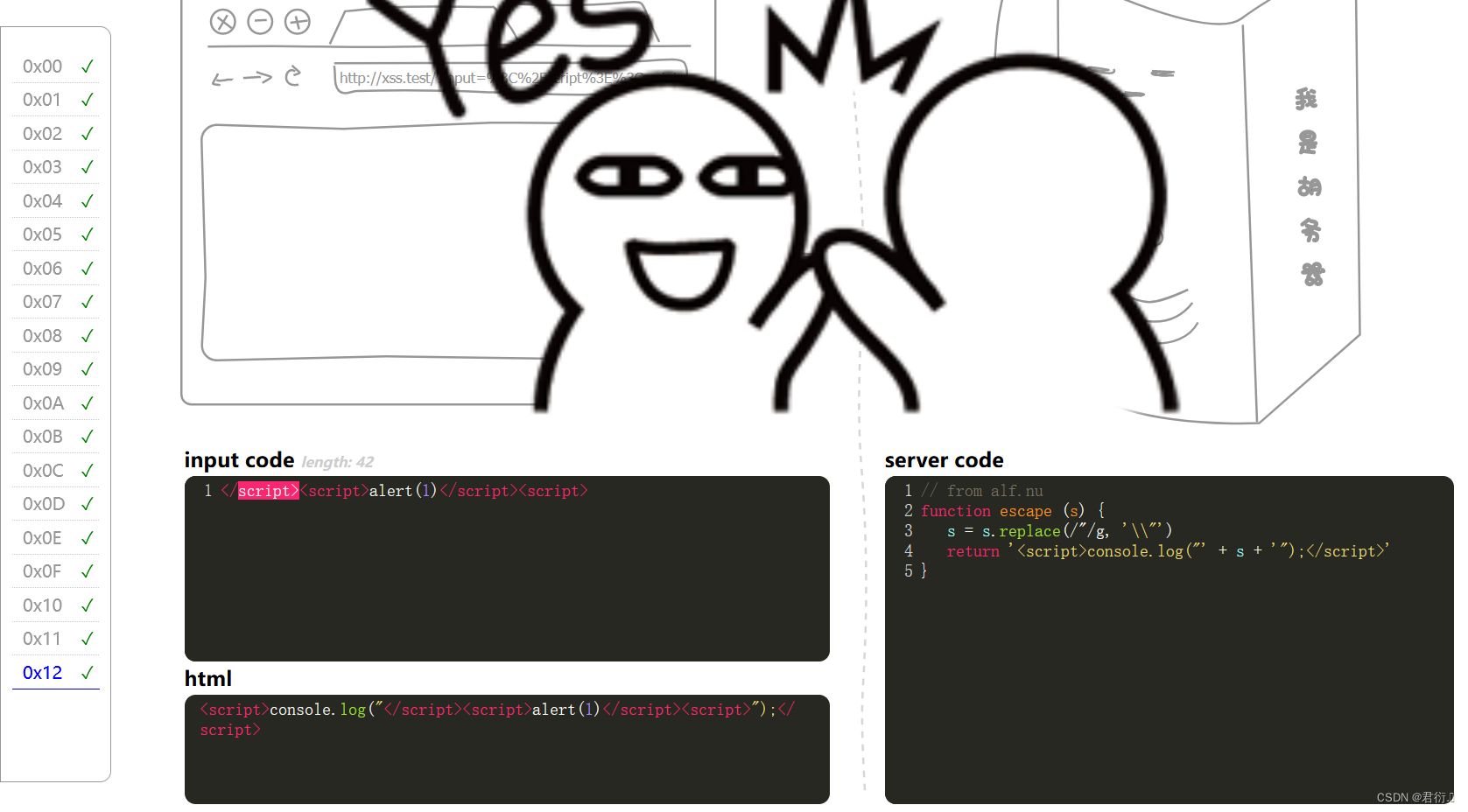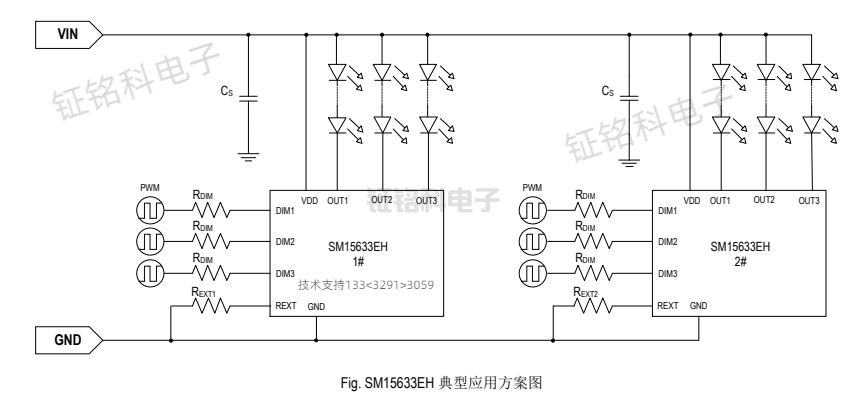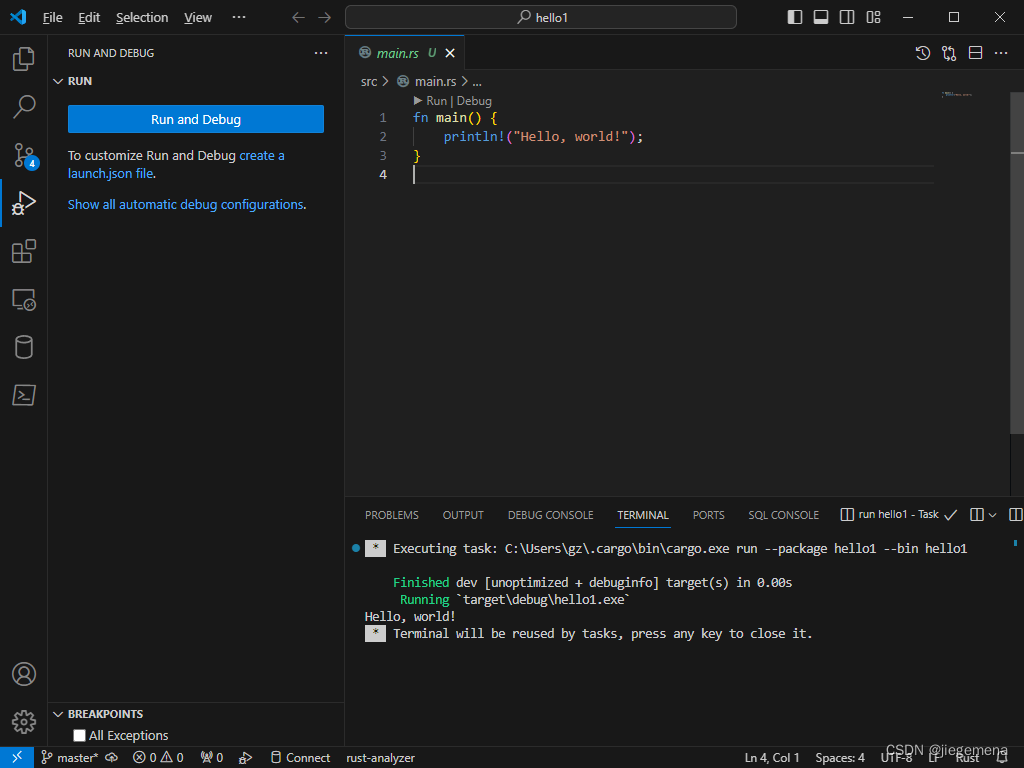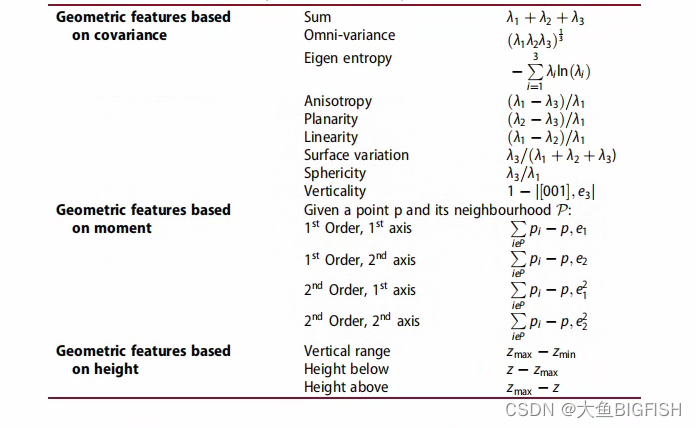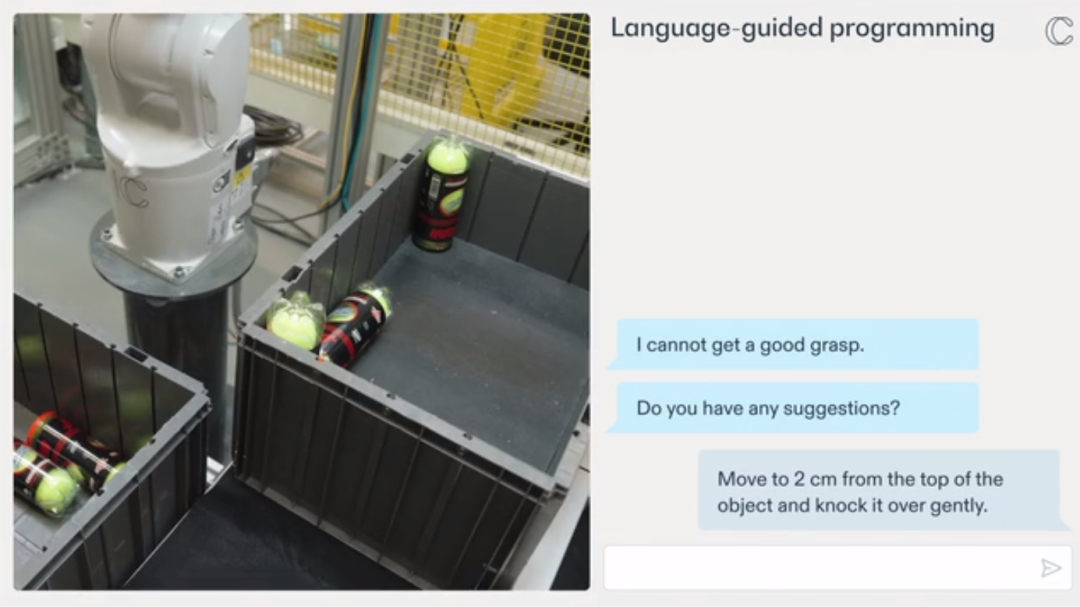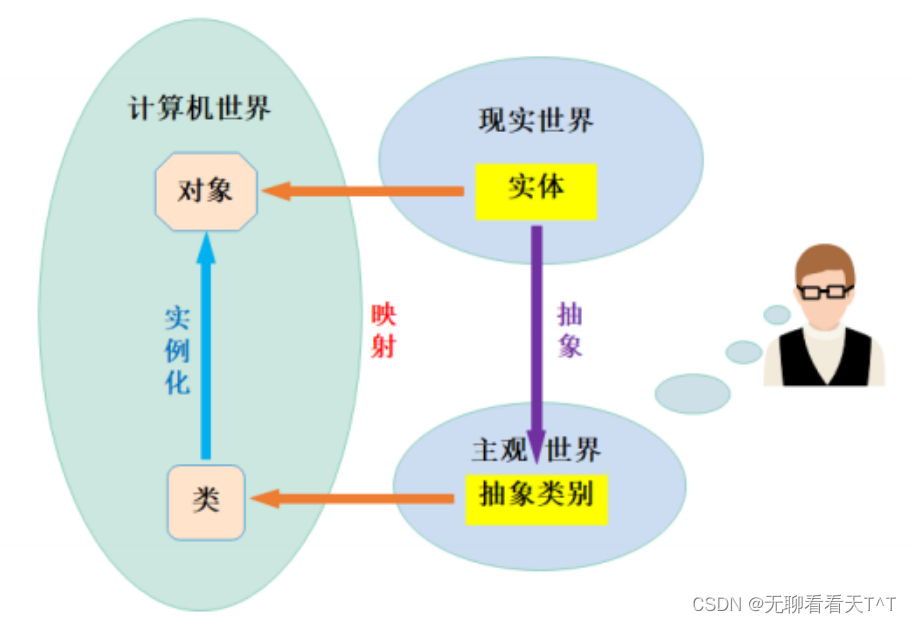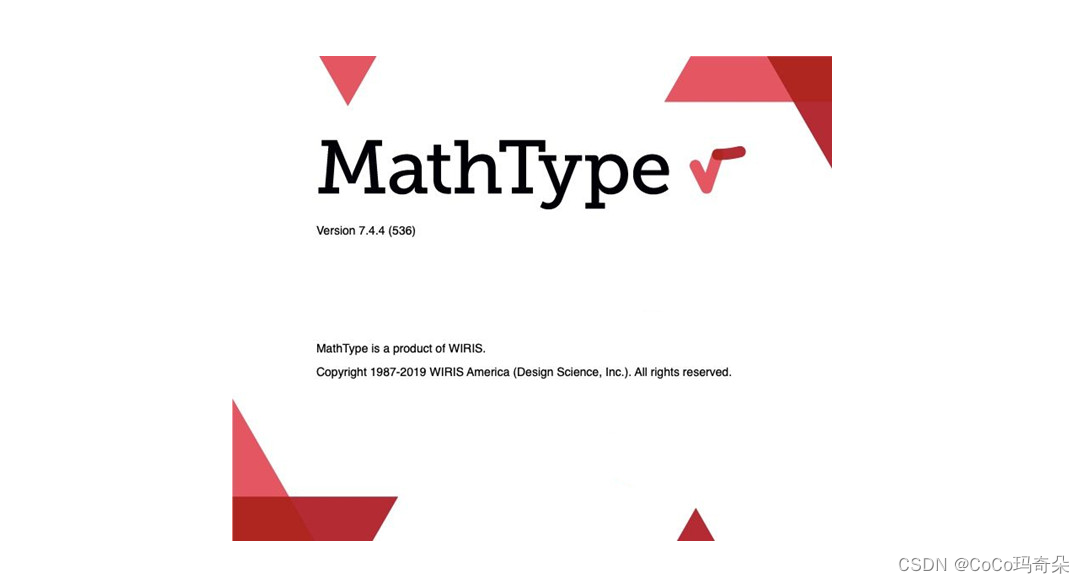场景
SpringBoot中策略模式+工厂模式业务实例(接口传参-枚举类查询策略映射关系-执行不同策略)规避大量if-else:
SpringBoot中策略模式+工厂模式业务实例(接口传参-枚举类查询策略映射关系-执行不同策略)规避大量if-else_springboot编写策略工厂-CSDN博客
设计模式-策略模式在Java中的使用示例:
设计模式-策略模式在Java中的使用示例_java 多个状态用策略模式demo-CSDN博客
上面在讲策略模式具体在SpringBoot中应用时在规则工厂类中直接使用@Autowired注解将信号灯的规则全部注入。
import org.springframework.beans.factory.annotation.Autowired;
import org.springframework.stereotype.Component;
import java.util.Map;
/**
* 信号灯规则工厂类
*/
@Component
public class SignalLightRulesFactory {
//Spring会自动将Strategy接口的实现类注入到这个Map中,key为bean id 即前面@Component注解指定的名称,value值则为对应的策略实现类
@Autowired
Map<String,SignalLightRules> signalLightRulesStrategy;
public SignalLightRules getSignalLightRules(String signalLightKey){
SignalLightRules signalLightRules = signalLightRulesStrategy.get(signalLightKey);
return signalLightRules;
}
}这里的信号灯规则接口类
public interface SignalLightRules {
List<SignalrightDevsDTO> getSignalrightDevsDtoList(String mineApiCode);
}规则具体实现示例一
@Component(Constants.SIFANGJISIGNAL)
public class SiFangJiSignalLightRules implements SignalLightRules{
@Override
public List<SignalrightDevsDTO> getSignalrightDevsDtoList(String mineApiCode) {
List<SignalrightDevsDTO> signalrightDevsDtoList = null;
//省略
return signalrightDevsDtoList;
}
}这里使用注解@Autowired将所有的声明类注入到map中。这是因为
Spring会自动将Strategy接口的实现类注入到这个Map中,key为bean id 即前面@Component注解指定的名称,
value值则为对应的策略实现类。
注:
博客:
霸道流氓气质-CSDN博客
实现
其实不光是map可以,如果是数组集合也可以,这块可以查看@Autowired注解的源码声明
/*
* Copyright 2002-2019 the original author or authors.
*
* Licensed under the Apache License, Version 2.0 (the "License");
* you may not use this file except in compliance with the License.
* You may obtain a copy of the License at
*
* https://www.apache.org/licenses/LICENSE-2.0
*
* Unless required by applicable law or agreed to in writing, software
* distributed under the License is distributed on an "AS IS" BASIS,
* WITHOUT WARRANTIES OR CONDITIONS OF ANY KIND, either express or implied.
* See the License for the specific language governing permissions and
* limitations under the License.
*/
package org.springframework.beans.factory.annotation;
import java.lang.annotation.Documented;
import java.lang.annotation.ElementType;
import java.lang.annotation.Retention;
import java.lang.annotation.RetentionPolicy;
import java.lang.annotation.Target;
/**
* Marks a constructor, field, setter method, or config method as to be autowired by
* Spring's dependency injection facilities. This is an alternative to the JSR-330
* {@link javax.inject.Inject} annotation, adding required-vs-optional semantics.
*
* <h3>Autowired Constructors</h3>
* <p>Only one constructor of any given bean class may declare this annotation with the
* {@link #required} attribute set to {@code true}, indicating <i>the</i> constructor
* to autowire when used as a Spring bean. Furthermore, if the {@code required}
* attribute is set to {@code true}, only a single constructor may be annotated
* with {@code @Autowired}. If multiple <i>non-required</i> constructors declare the
* annotation, they will be considered as candidates for autowiring. The constructor
* with the greatest number of dependencies that can be satisfied by matching beans
* in the Spring container will be chosen. If none of the candidates can be satisfied,
* then a primary/default constructor (if present) will be used. Similarly, if a
* class declares multiple constructors but none of them is annotated with
* {@code @Autowired}, then a primary/default constructor (if present) will be used.
* If a class only declares a single constructor to begin with, it will always be used,
* even if not annotated. An annotated constructor does not have to be public.
*
* <h3>Autowired Fields</h3>
* <p>Fields are injected right after construction of a bean, before any config methods
* are invoked. Such a config field does not have to be public.
*
* <h3>Autowired Methods</h3>
* <p>Config methods may have an arbitrary name and any number of arguments; each of
* those arguments will be autowired with a matching bean in the Spring container.
* Bean property setter methods are effectively just a special case of such a general
* config method. Such config methods do not have to be public.
*
* <h3>Autowired Parameters</h3>
* <p>Although {@code @Autowired} can technically be declared on individual method
* or constructor parameters since Spring Framework 5.0, most parts of the
* framework ignore such declarations. The only part of the core Spring Framework
* that actively supports autowired parameters is the JUnit Jupiter support in
* the {@code spring-test} module (see the
* <a href="TestContext'" DESIGNTIMESP=2532>https://docs.spring.io/spring/docs/current/spring-framework-reference/testing.html#testcontext-junit-jupiter-di">TestContext framework</a>
* reference documentation for details).
*
* <h3>Multiple Arguments and 'required' Semantics</h3>
* <p>In the case of a multi-arg constructor or method, the {@link #required} attribute
* is applicable to all arguments. Individual parameters may be declared as Java-8 style
* {@link java.util.Optional} or, as of Spring Framework 5.0, also as {@code @Nullable}
* or a not-null parameter type in Kotlin, overriding the base 'required' semantics.
*
* <h3>Autowiring Arrays, Collections, and Maps</h3>
* <p>In case of an array, {@link java.util.Collection}, or {@link java.util.Map}
* dependency type, the container autowires all beans matching the declared value
* type. For such purposes, the map keys must be declared as type {@code String}
* which will be resolved to the corresponding bean names. Such a container-provided
* collection will be ordered, taking into account
* {@link org.springframework.core.Ordered Ordered} and
* {@link org.springframework.core.annotation.Order @Order} values of the target
* components, otherwise following their registration order in the container.
* Alternatively, a single matching target bean may also be a generally typed
* {@code Collection} or {@code Map} itself, getting injected as such.
*
* <h3>Not supported in {@code BeanPostProcessor} or {@code BeanFactoryPostProcessor}</h3>
* <p>Note that actual injection is performed through a
* {@link org.springframework.beans.factory.config.BeanPostProcessor
* BeanPostProcessor} which in turn means that you <em>cannot</em>
* use {@code @Autowired} to inject references into
* {@link org.springframework.beans.factory.config.BeanPostProcessor
* BeanPostProcessor} or
* {@link org.springframework.beans.factory.config.BeanFactoryPostProcessor BeanFactoryPostProcessor}
* types. Please consult the javadoc for the {@link AutowiredAnnotationBeanPostProcessor}
* class (which, by default, checks for the presence of this annotation).
*
* @author Juergen Hoeller
* @author Mark Fisher
* @author Sam Brannen
* @since 2.5
* @see AutowiredAnnotationBeanPostProcessor
* @see Qualifier
* @see Value
*/
@Target({ElementType.CONSTRUCTOR, ElementType.METHOD, ElementType.PARAMETER, ElementType.FIELD, ElementType.ANNOTATION_TYPE})
@Retention(RetentionPolicy.RUNTIME)
@Documented
public @interface Autowired {
/**
* Declares whether the annotated dependency is required.
* <p>Defaults to {@code true}.
*/
boolean required() default true;
}
其中这里写到
In case of an array, java.util.Collection, or java.util.Map dependency type, the container autowires all beans matching the declared value type. For such purposes, the map keys must be declared as type String which will be resolved to the corresponding bean names.
翻译过来。

![BUUCTF-----[SWPU2019]Web1](https://img-blog.csdnimg.cn/direct/ff2ee803261640cb925d99013243926f.png)

